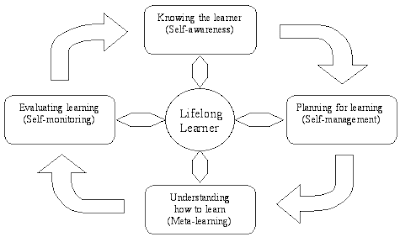
Why would I?
Why would I do that? The question can be a compelling heart cry, an honest reflection, or perhaps cause one to pause and consider with another’s eyes which may bring a fresh perspective. I wonder if that perspective may come through other questions. Sometimes questions reveal more than answers will and sometimes answers lead to further questions.
Why would I do that? The question can be a compelling heart cry, an honest reflection, or perhaps cause one to pause and consider with another’s eyes which may bring a fresh perspective. I wonder if that perspective may come through other questions. Sometimes questions reveal more than answers will and sometimes answers lead to further questions.
Why would I do that? Why would I come to that event? What value will I receive by participating in it? What will I be missing if I don’t come? What are three good reasons I should be there? Who else is going to be there? Will there be anyone like me there? Why is this more important than the two or three other good things I could be doing during this same time? Will anyone notice if I am there? Will they notice if I’m not? What impact will this make in my daily life? Will it make a difference in the long run? Will it help me reach a destiny?
I wonder, “Why would I do that?”
Embracing the journey…











.jpg) Leaders articulate the vision over & over. Just when you think people must be sick of hearing it, many people just start to understand. Why? Vision leaks and mission drifts ~ so we must continually refocus.
Leaders articulate the vision over & over. Just when you think people must be sick of hearing it, many people just start to understand. Why? Vision leaks and mission drifts ~ so we must continually refocus.